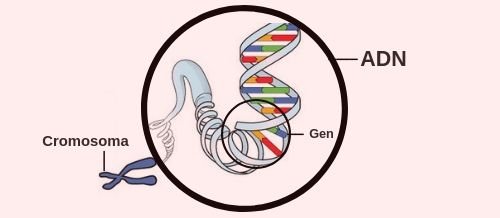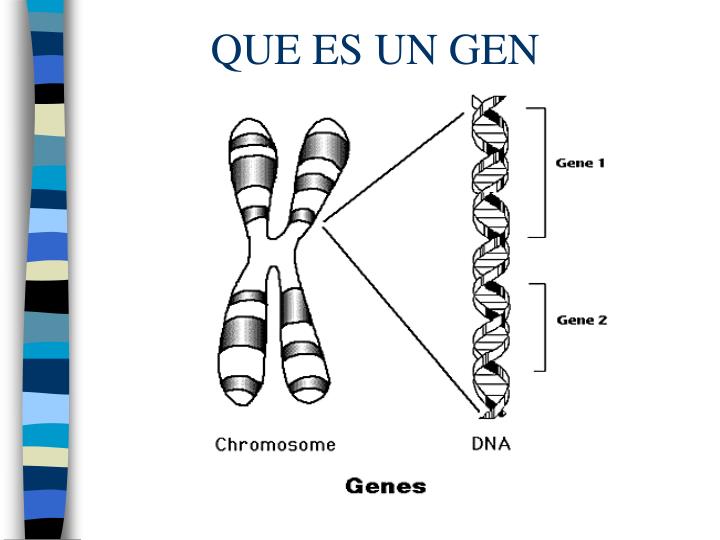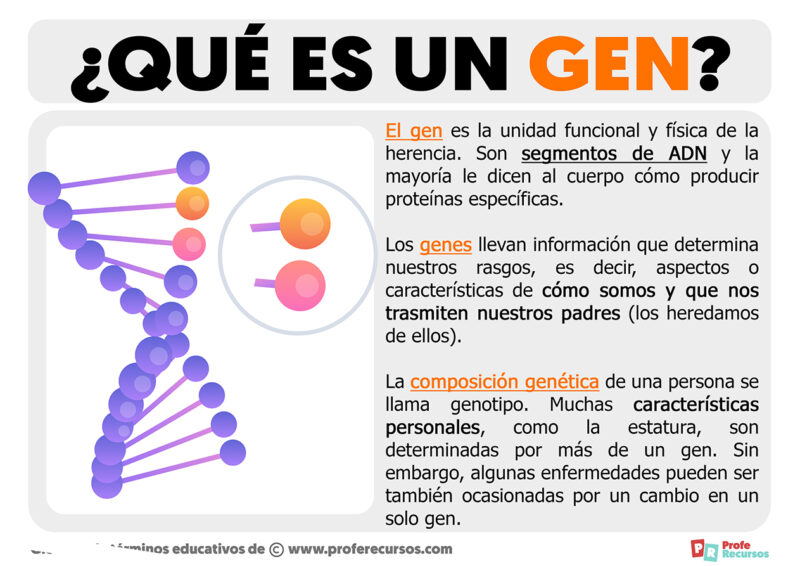Have you ever scrolled through social media and spotted a hand gesture that made you pause, perhaps wondering what it even meant? It's fascinating, really, how a simple flick of the wrist or a curl of the fingers can tell a whole story about who someone is, or at least, which generation they belong to. The way we show affection or connection, even just online, seems to be always changing, and Gen Z has definitely put their own unique spin on things, you know? It's not just about what they say, but how they say it with their hands.
For a while now, we've seen a lot of talk about how different generations do things. Millennials, for instance, have their classic ways of doing things, from fashion choices to how they interact online. But then, Gen Z comes along, and they're always finding new expressions, new ways to communicate, and that's actually pretty cool. They've taken swipes at some things from older generations, like certain clothing styles or even beloved childhood stories, but they also bring fresh ideas to the table, and that's just how it goes, more or less.
This generational conversation often pops up in unexpected places, like how people make a heart with their hands. It sounds like a small detail, doesn't it? Yet, this tiny difference, this simple hand gesture, could literally tell you everything about someone's generational background. It’s almost like a secret handshake, sort of, that only certain groups truly understand. We're going to explore this unique symbol, often called the **gen z heart**, and what it really means in today's digital world.
Table of Contents
- What is the "Gen Z Heart"?
- Gen Z Heart vs. Millennial Heart: A Generational Showdown
- The Cultural Significance of the Gen Z Heart
- More Than Just a Gesture: Gen Z's Health and Well-being
- Generational Timelines: Where Gen Z Fits In
- Frequently Asked Questions about Gen Z Heart
What is the "Gen Z Heart"?
The "gen z heart hand" gesture has become a really important symbol for Generation Z. It's much more than just a simple hand sign, you know? This particular gesture represents a lot about their generation's outlook and how they express themselves. It’s a pretty unique way to show feelings, and it has gained a lot of traction on social media lately, especially on platforms like TikTok. People are really picking up on it, and that's quite interesting.
Understanding where this hand sign came from, what it means, and how it impacts things really helps shed light on Gen Z culture. It’s a very visual way they connect, and it speaks volumes without needing any words. This gesture, in some respects, has become a sort of shorthand for their generation, showing affection or even just being quirky. It’s actually quite clever how they've made it their own, too.
The "Claw Heart" Explained
One of the latest heart gestures to sweep social media is what some call the "gen z claw heart." This is a bit different from what you might be used to. Instead of forming a full heart shape with both hands, this one is often made with just one hand, or with fingers curled in a particular way. It’s almost like your fingers are slightly bent, and the rest of your hand might be out of sight, just the tips making the shape, you know? The resulting shape is clearly a heart, and it's quite unmistakable.
For Gen Z, this gesture has become one of the few cool ways to express love online today. It’s simple, quick, and looks a little bit casual, which really fits their style. You might see it in viral TikTok videos or in casual photos shared among friends. It's pretty popular, and it just shows how creative they can be with simple hand movements. Many people find it to be very user-friendly, and that helps its popularity, too.
Beyond the Hand: Digital Heart Expressions
It’s not just hand gestures where Gen Z shows their unique approach to hearts. Think about emojis, for instance. The heart emoji comes in many colors, and the simple red one usually means "love." Millennials, generally, use the emoji the way it's intended – to show affection towards others. However, Gen Z often uses the heart emoji sarcastically, or for a different kind of vibe, you know?
This difference in emoji use is actually quite telling. It highlights how Gen Z can take established symbols and give them new, sometimes ironic, meanings. It’s part of their way of communicating, which can be a bit more nuanced or playful. So, while a hand heart might be one thing, their digital heart expressions are another layer of their unique language. It's almost like they're always finding new ways to express themselves, even with something as simple as an emoji, basically.
Gen Z Heart vs. Millennial Heart: A Generational Showdown
There's been a lot of talk, especially on TikTok, comparing how Gen Z and Millennials make the hand heart sign differently. These viral videos have sparked quite a few online debates, which is pretty funny if you think about it. It just goes to show how much people notice these small cultural distinctions. It’s like a fun way to spot someone’s generational background, actually.
The younger generation, Gen Z, has definitely taken some playful jabs at Millennials over various things. We've seen them poke fun at skinny jeans, blonde hair, and even favorite childhood franchises. But now, the way they make a heart with their hands has become another point of comparison. It's a clear indicator of the cultural differences that exist between these two groups, and that’s quite interesting to observe, really.
The Classic Millennial Hand Heart
The traditional hand heart, the one many Millennials grew up with, usually involves both hands. You bring your thumbs and index fingers together to form a clear, symmetrical heart shape. It’s a pretty straightforward and universally recognized symbol of love, connection, and unity. This gesture has been popular for a long time, and it’s still widely used, of course.
It’s a simple, powerful expression that most people understand instantly. The heart hands gesture, where hands are shaped into a heart, is a very popular and strong expression of love. It’s been around for ages, and its origins are pretty well-known. For Millennials, it’s just the standard way to show affection with your hands. It’s a clear, open gesture, and that’s what makes it so enduring, arguably.
Why the Change? Gen Z's Quirky Take
So, why did Gen Z feel the need to change something as simple as a hand heart? Well, some people think Gen Z is just trying to be quirky. They often find new, slightly unconventional ways to do things, and this hand heart is a good example. It’s like they want to put their own unique stamp on everything, you know?
There are so many different variations you could use to make a heart with your hand, and Gen Z seems to have picked one that stands out. One viral TikTok video, for instance, shows someone imitating pressing a button to roll down a car window, and then they use only their index and middle fingers to form a heart. This little detail, this slightly different way of doing it, is what makes it distinctively Gen Z. It’s a bit more subtle, perhaps, and that’s part of its appeal, basically.
The Cultural Significance of the Gen Z Heart
The **gen z heart** hand gesture has really become an emblematic symbol among Generation Z. It represents much more than just a simple hand sign, as a matter of fact. This gesture speaks to their collective identity and how they navigate the world. It's a symbol that resonates deeply within their culture, showing their values and their way of connecting with others.
Understanding the origins, meaning, and impact of this hand sign truly sheds light on Gen Z culture. It’s a visual shorthand for their generation, a way to signal belonging and shared understanding. This simple symbol of love and connection has evolved, and it plays a significant role in their digital communication and even their activism. It’s fascinating to see how a small gesture can carry so much weight, really.
A Symbol of Connection and Identity
For Gen Z, the heart hands gesture is a powerful expression of love, connection, and unity. It’s a way for them to show affection to friends, family, and even their favorite creators online. This gesture helps them build a sense of community, both in person and across digital spaces. It’s a shared language, you know, that helps them feel connected to each other.
The way they make this heart, often with a slightly different style, also serves as a subtle identifier. It’s one of those simple hand gestures that can tell you if someone is Gen Z or a Millennial. It could say everything about your generational background, without you having to say a single word. It’s a bit like a cultural badge, sort of, that they wear with pride. This gesture, quite literally, helps define their shared experiences.
Activism and Online Expression
The significance of the heart hands gesture in Gen Z culture extends beyond just casual connection. It also plays a role in their digital communication and activism. Gen Z is known for being very engaged with social causes, and they use online platforms to express their views and organize. The **gen z heart** can become a symbol of solidarity, support, or shared values in these contexts, too.
When you explore the meaning of this gesture, you see how it fits into their broader approach to online expression. It’s a quick, visual way to show support for a cause or to express empathy. This simple symbol, which began as a gesture of love, has grown to represent much more in their digital activism. It’s a versatile tool for them, apparently, in how they communicate and organize online.
More Than Just a Gesture: Gen Z's Health and Well-being
While we've been talking about hand gestures and cultural symbols, it's also worth looking at the well-being of Gen Z. There’s some interesting information about how this generation experiences things like stress. It seems Gen Z experiences more heart palpitations from chronic stress, excessive caffeine, and health anxiety. This is a pretty serious aspect of their lives, actually.
It raises the question: why do their hearts beat differently? The pressures of a highly connected, fast-paced world could be a big factor. They’re constantly exposed to information, social comparisons, and global events, which can be a lot to handle. This aspect of their health is something that really deserves attention, you know? It’s not just about gestures; it’s about their real-life experiences, too.
Stress, Caffeine, and Heart Palpitations
The data suggests that Gen Z faces unique stressors that might impact their physical health. Chronic stress, which is a prolonged state of worry or tension, can certainly take a toll on the body. Add to that the common reliance on excessive caffeine, perhaps to keep up with demanding schedules or to cope with sleep issues, and you have a recipe for potential heart-related symptoms. It’s a pretty common pattern for many young people today, sadly.
Health anxiety is another factor that plays a part here. With so much information readily available online, it’s easy to get caught up in worries about health conditions. This constant state of worry can manifest physically, including through heart palpitations. So, while a hand heart is a symbol of connection, the reality for many Gen Z individuals is a heightened awareness of their own heart's rhythms, for better or worse, basically.
Coping Mechanisms in a Digital World
Given these stressors, it's natural to wonder how Gen Z copes. They live in a digital world, and their coping mechanisms often reflect that. Whether it's through online communities, sharing experiences on social media, or finding comfort in digital content, their strategies are deeply intertwined with technology. This is just how shared generational experiences work, in a way.
Some reports suggest that Millennials and Gen Z are "spiraling," partying hard, and blowing their savings. This could be seen as a coping mechanism for the pressures they face. It’s a complex situation, where the ways they connect and express themselves, like the **gen z heart**, exist alongside very real challenges to their well-being. It really highlights the multifaceted nature of their generation, actually.
Generational Timelines: Where Gen Z Fits In
To truly understand Gen Z, it helps to see where they fit into the broader generational timeline. From Boomers to Gen Z, experts often break down America's generational timeline by name and year. They also offer insights into the personalities and characteristics of each generation. This helps us see the bigger picture, you know, and how different groups are shaped by their times.
Each age group carries unique characteristics, and these are heavily influenced by world events, societal changes, and advancements in technology. This has been in contrast to earlier times, when cultural shifts might have been slower. So, understanding the different generations, including their start and end dates, helps us make sense of the cultural differences we see, like the **gen z heart** gesture. It's a pretty useful framework, really.
Understanding the Cohorts
Here’s a quick look at the generational breakdown: you have the Greatest Generation, then the Baby Boomers, followed by Gen X, Millennials, and then Gen Z. Each of these groups has distinct traits that come from the world they grew up in. For example, Millennials, who came before Gen Z, have their own set of experiences that shaped them, and that's why there are these differences in things like hand gestures, obviously.
You can often find simple summaries of all generations, including their current ages, birthdates, and historical context. You can even enter your birth year to find your own generation. This helps put things into perspective and understand the current age of Millennials, Baby Boomers, and Gen X. It’s pretty useful for anyone trying to figure out where they stand, or where their friends stand, in the grand scheme of things, basically.
What Comes After Gen Z?
The conversation doesn't stop with Gen Z, though. There are already discussions about the generations that follow. Generation Alpha, often shortened to Gen Alpha, is the demographic cohort that comes after Generation Z. These are the babies who started arriving in the early 2010s. And then, Generation Beta babies began arriving in January of this year, you know?
Battles over where Gen Z ends and Gens Alpha and Beta begin remain ongoing, as new generations are always emerging. To understand the potential characteristics of these new generations, we must first examine the generations of the past. It’s like a continuous flow of human experience, with each group building on or reacting to the ones before it. You can learn more about Generation Z on Wikipedia, for instance, to get a deeper look at their characteristics. Find out which generation you belong to and how it got its name by checking out resources on our site, like and . It’s a constantly evolving picture, and that’s pretty much the gist of it.
Frequently Asked Questions about Gen Z Heart
What is the difference between a Gen Z heart and a Millennial heart?
The main difference is in the style of the hand gesture. Millennials typically make a full heart shape using both hands, bringing thumbs and index fingers together. Gen Z, on the other hand, often uses a more casual, one-handed "claw heart" gesture, where fingers are slightly curled to suggest a heart shape, and the rest of the hand might be out of view. It's a subtle but distinct difference, basically.
Why does Gen Z make their heart gesture differently?
Some people think Gen Z just tries to be quirky and put their own unique spin on things. They tend to find new, slightly unconventional ways to express themselves, and this includes hand gestures. It’s part of their desire to be original and to stand out from previous generations. They’re pretty good at making things their own, you know?
Is the Gen Z heart gesture only used online?
While the **gen z heart** gesture gained a lot of popularity through viral TikTok videos and other social media platforms, it's not exclusively an online phenomenon. Gen Z uses this gesture in real-life interactions too, as a quick and casual way to show affection, connection, or unity. It’s a symbol that bridges their online and offline worlds, in a way, which is pretty common for them.



